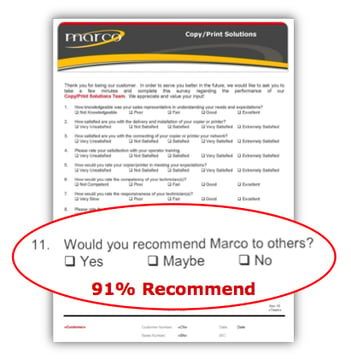Have you noticed that everything you buy online today has a review attached? Cars, hotels, books, baby oil. Everything.
I recently was in the market for a chair that I could sit on while watching sporting events. I am tall and didn’t want sit with my knees to my chest so I started checking out reviews to determine which one would be a good fit – without sitting in it before I bought it.
 At the same time, my son shared how the reviews he read online led him to decide on which car he wanted to buy – even before the test drive.
At the same time, my son shared how the reviews he read online led him to decide on which car he wanted to buy – even before the test drive.
We don’t walk into stores like we used to. Studies and statistics show that the Internet has become our go to – on almost everything. The buying process has changed and consumer reliance on reviews have pushed enterprise spending on paid social media reviews and ratings to increasingly higher levels. It’s even given way to a series of businesses with reviews as their focus – like Angie’s List.
Amazon has a whole group of professional reviewers who get paid per review. These Hall of Famers, as they call them, write multiple reviews a day. I recently evaluated one of them more closely. Since 2011, she has reviewed nearly 7,000 products. That’s an average of nearly four every day. Her portfolio is really wide with everything from health products to books to gadgets.
While chatting with my kids and colleagues about this, I realized we give less thought than we should to who we trust online and how we validate the claims. We put a lot of credibility into people we have never met and likely are not even recognized experts in the field. What do the four or five stars really mean? Who’s writing the reviews? Can they be trusted? What’s their agenda? Are we being manipulated?
The review process is important to organizations today. It can affect their online presence and as we have learned at Marco, enable organizations to get an edge. At Marco, we have developed an extensive review process of our client satisfaction to validate the common claims that organizations make. It’s important to us that it’s real and reflective.
So what does a good review process look like? Here’s what we have found to be best practices:
- Sample Size: This is often the challenge with most reviews we find online today. The sample size is far too small and often weighted in one direction or another. It’s important that the sample size is representative and random. At Marco, we continue to mail our 12- questions client surveys with an addressed stamped envelope to all of our clients who have completed projects. The result is a consistent return rate between 70 and 80 percent, with 90 percent of them saying they would recommend Marco.
- Responder: Getting the feedback from the right person is important. Even a quick analysis of reviews online reveals that the majority of reviews often are from the really satisfied or really disappointed. More recently, we implemented an electronic survey as a part of our support ticketing process to get a better gauge on how effectively users believed we were serving them. In the past, we relied more on one point of contact in each organization. This new simple – red, yellow and green-faced evaluation – aims to help us really understand and continue to improve the user experience.
- Relevant: When the reviews are given, matters. A lot can change in a year or even a few months. Make sure the timestamp on your reviews stay current so they are reflective of your current performance.
- Be Accountable: The goal of reviews is not just to get a five-star rating. It’s the process to get there and the time taken to respond to the reviews that fall short. In the case of both the ticket survey and mailed client satisfaction survey, we immediately respond to medium or low ratings. Any neutral or unhappy click we get on the support ticket experience goes directly to a supervisor who can evaluate it and implement adjustments or changes to foster better results in the future.
Think about a time you gave a review – or thought about giving one. What prompted you? Typically, it’s the really the good or the really bad experiences. Both do matter. But it’s important to take a closer look at the reviews we trust as consumers and those we seek as organizations.
I really like my chair, by the way. I think I’ll give it a good review – trust me….
What reviews have been valuable to you? I’m interested in hearing what process has worked for your organization. Share your experiences in the comments below.
